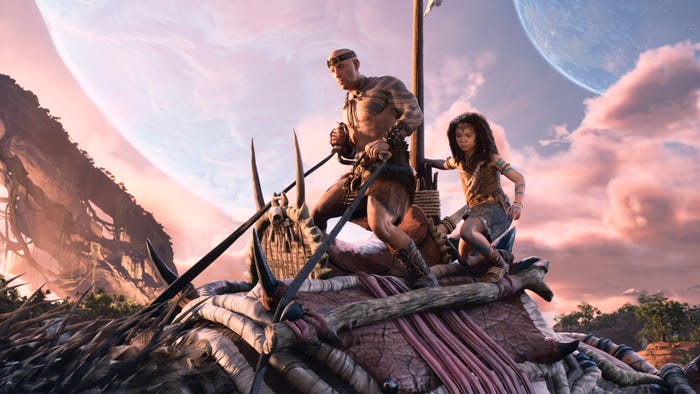The Elegance Of Continuity.
Every once in a while, I check out a batch of interesting-looking Flash games. Most of them lose their charm after a few minutes, but here and there an occasional gem crops up. Continuity is one of these gems.

Every once in a while, I check out a batch of interesting-looking Flash games. Most of them lose their charm after a few minutes, but here and there an occasional gem crops up. Continuity is one of these gems.
The game's gotten plenty of publicity so it doesn't really need my attention, but I did want to talk a bit about its execution. Combining platforming with a tile sliding puzzle is a clever genre-mashup, but it's Continuity's overall package that grabbed my attention.

continuity1
The visuals are sparse and abstract, but also very clean. Two music tracks accompany the action, one in the platforming section and one in the tile sliding section, and a quite a few sound effects are used for feedback. Level progression follows a nice, gradual curve, and every time a new concept is introduced (e.g., switching tiles in mid-jump or using multiple keys), the complexity of the layout is scaled back.
And then there's the interface.
When I first saw screenshots of Continuity, I was half-dreading switching from keyboard controls to mouse controls every time I wanted to move one of the tiles. I pictured dragging the cursor to the appropriate square, clicking the mouse button (or worse yet, holding it and physically sliding the tile), watching the tile glide to its destination, moving the cursor back to the tile with my character, once again clicking the mouse button, and finally going back to the keyboard-controlled platforming.

continuity2
But no, Continuity surprised me with yet another elegant design decision. The spacebar toggles between the platforming and the tile sliding, while the arrow keys control all movement. This includes the player avatar during the platforming sections, and the tile sliding during the puzzle sections.
The platforming is fairly straightforward with the left and right arrows dictating direction, and the up arrow serving as the jump button. Keys and doors are also picked up/activated automatically, removing the need for any extra input.
The tile puzzle uses the arrow keys as well, but in a slightly different fashion. At any one time, there are a maximum of 4 tiles that can slide into the single empty gap. If the player wants to fill the gap with a tile that's underneath it, he simply presses up and the tile slides into its position. This creates a new empty gap, and the arrow keys get re-mapped to its adjacent tiles.

continuity3
It's an interface that's custom made for the requirements of the puzzle section, and it's very intuitive. The player never has to select the tile he wants to manipulate either, which speeds things up quite considerably. This is especially important since Continuity's gameplay requires lots of tile sliding.
I don't think a lot of people take notice of such things, but that's the way it should be; if it works well, it shouldn't really stick out. It did for me, though, and it made me spend a lot more time with the game than I do with typical Flash offerings.
Then again Continuity has the polish and depth that many similar titles lack, so that shouldn't be too surprising.
Radek Koncewicz is the CEO and creative lead of Incubator Games, and also runs the game design blog Significant-Bits.
Read more about:
BlogsAbout the Author(s)
You May Also Like













